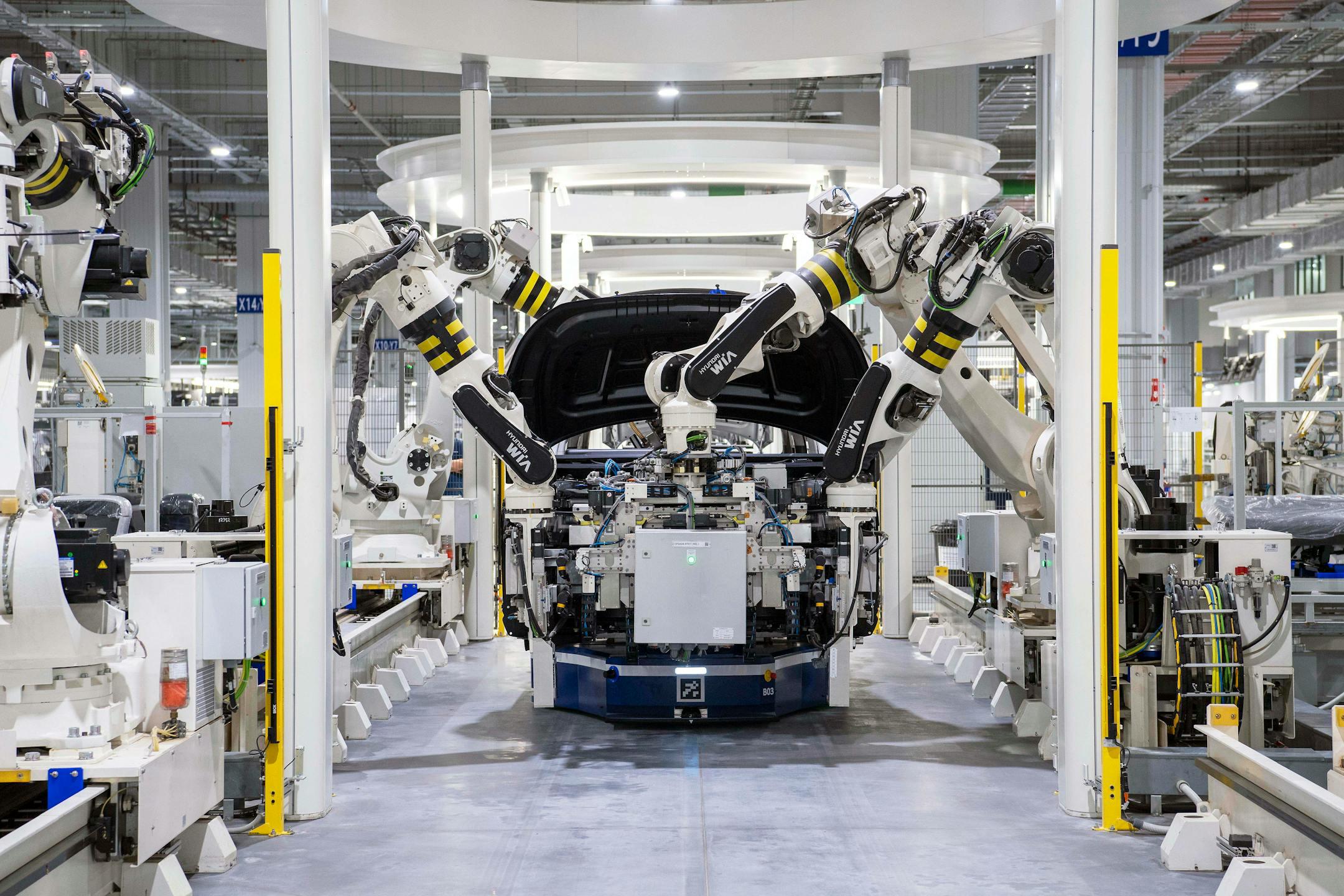
Relocating industrial electric machines is a complex task that requires careful planning and execution. Whether you're moving equipment within a facility or transporting it to a new location, addressing safety and minimizing downtime should be at the forefront of your strategy. Effective machine relocation safeguards your assets and ensures a seamless transition that keeps your operations running smoothly.
In this blog post, we will provide expert advice on effectively planning and executing these moves, focusing on critical considerations that can make a significant difference.
When planning the relocation of industrial electric machines, begin by assessing the site conditions and the destination location. Understanding the layout, access points, and potential hazards ensures a seamless transition. Evaluate the weight, size, and operational requirements of the machines involved. This information aids in determining the appropriate equipment, such as forklifts or cranes, for safe transport. Additionally, keep regulatory compliance in mind, as adhering to safety and operational standards is crucial for personnel and equipment.
Another essential consideration is forming a detailed timeline and project plan outlining each relocation step. Collaborate with your team to identify potential risks and develop contingency plans to address unexpected challenges. Ensure that all stakeholders, from operators to management, are informed throughout the process, as clear communication can prevent misunderstandings and enhance coordination.
Executing a safe and efficient machine move requires meticulous planning and clear communication among all team members. Start by conducting a thorough assessment of the machines to be relocated. This assessment should include evaluating the weight, dimensions, and any special handling requirements. Next, develop a detailed relocation plan that includes the route for transportation, necessary equipment such as forklifts or cranes, and the personnel needed for each stage of the move. Ensure all team members are aware of their responsibilities and equipped with the proper personal protective equipment (PPE) to enhance safety during the move.
As you proceed with the execution, follow your relocation plan closely and maintain open lines of communication among your team. Securely disconnect power supplies, remove any attachments, and prepare the machines for transport. Consider using cushioning materials to protect sensitive components during the move. Once the machines reach their new location, conduct a thorough visual inspection to ensure no damage occurred during transportation. Reconnect power supplies and perform a test run to verify that the machines are functioning correctly. This systematic approach enhances safety and safeguards your investment in industrial electric machines while minimizing downtime and maintaining productivity.
Minimizing downtime during the relocation of industrial electric machines requires thorough planning and precise execution. Start by conducting a detailed assessment of the equipment and its operational requirements. Create a comprehensive relocation plan that outlines all critical steps, including the machines' disconnection, transport, and reconnection. A detailed timeline helps coordinate activities, ensuring you allocate sufficient time for each phase while avoiding unnecessary delays. Additionally, it’s essential to communicate with all stakeholders, including floor managers and technicians, about the schedule and any potential disruptions, allowing for adjusted workflows in advance.
Another effective strategy to minimize downtime is to use specialized equipment and skilled personnel for the move. Employ experienced technicians who understand the nuances of handling delicate electric machines and have the knowledge to troubleshoot potential issues during the relocation process. Implementing high-quality rigging gear and transport vehicles designed for industrial equipment can further enhance safety and efficiency. Lastly, consider conducting trial runs for critical machinery to test their functionality before fully integrating them into production.
Industrial service work is at the core of who we are. From small projects to planning and executing industrial electric machine moves and relocations, you can rest assured that we have the knowledge and skills to solve your problems and keep your facilities and processes moving forward.
Contact us at 740-223-8052 for help with your machine move today!